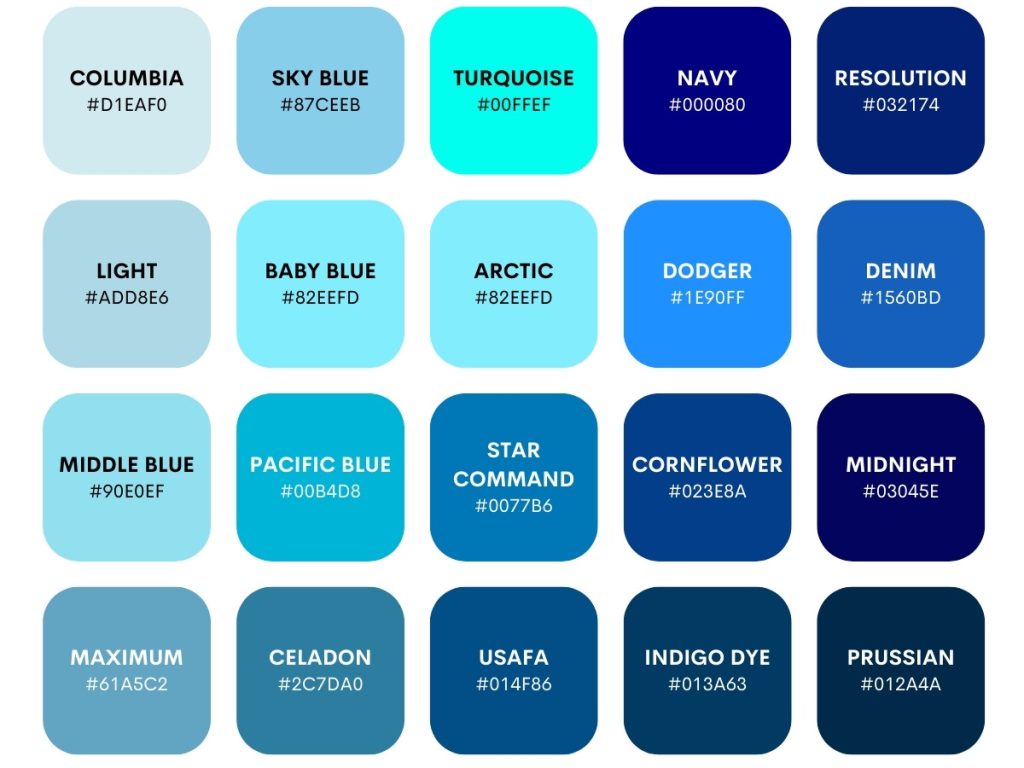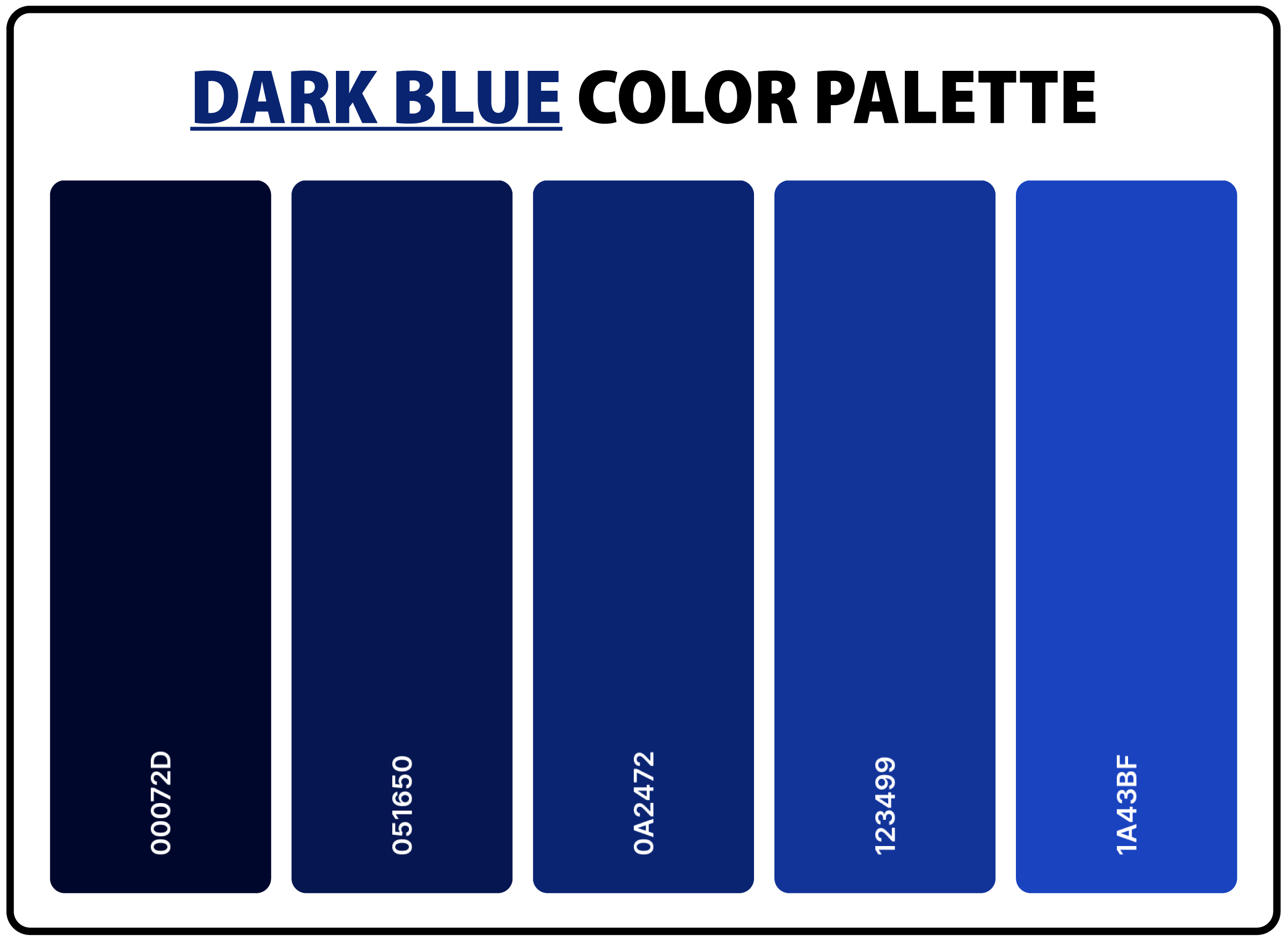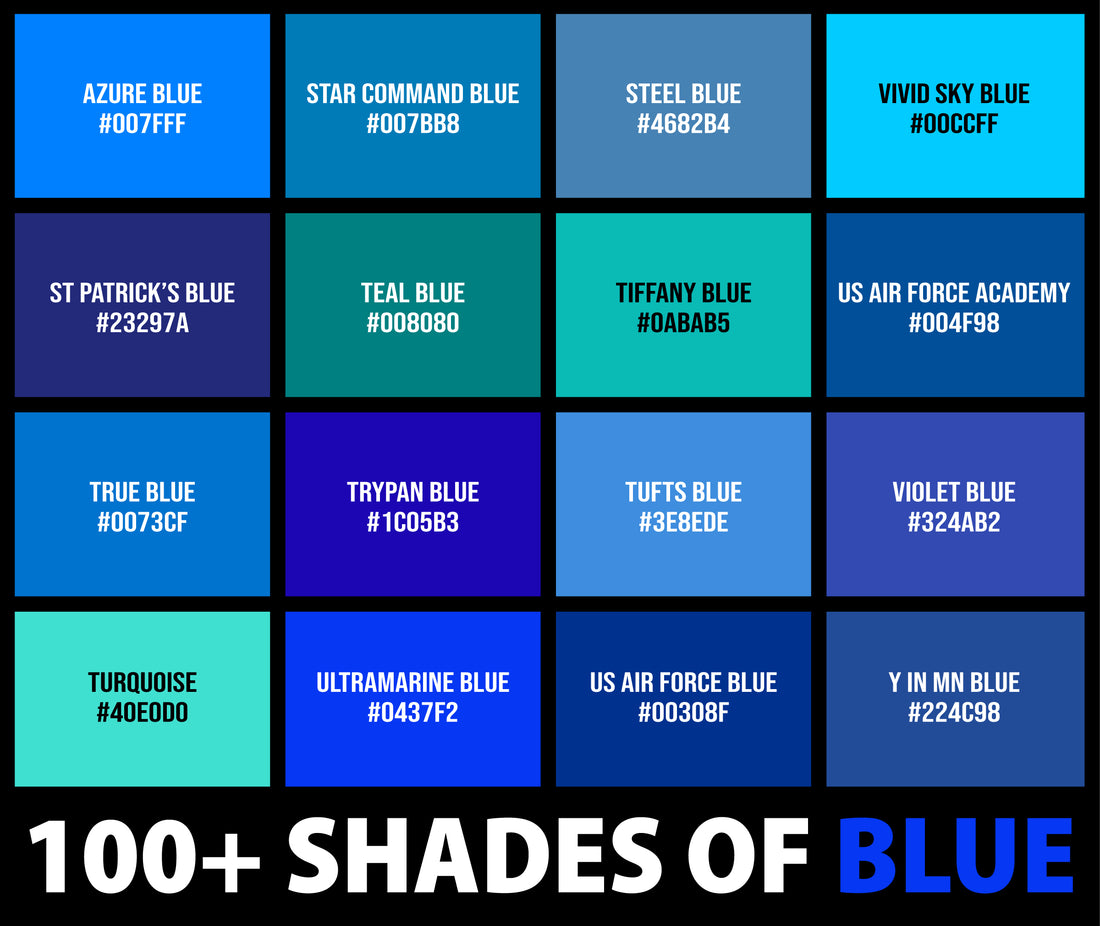What Is A Blue Dog? Unraveling The Mystery Of Unique Canine Coats
Have you ever seen a dog with a coat that seems to shimmer with shades of grey, almost like a faded denim or a stormy sky? If so, you've likely met what many people call a "blue dog." This isn't about a dog feeling sad, not at all, but rather a fascinating color variation that truly stands out in the canine world. It's a look that catches the eye, kind of like how a striking blue print ad with eye-catching prices can grab your attention, you know?
This particular coat color, often described as blue, is actually a diluted form of black. It's a genetic thing, you see, where the usual black pigment gets spread out, making it look lighter and giving it that distinctive bluish-grey appearance. It's a bit like taking a very dark ink and adding water; it becomes a lighter, softer shade. So, when someone asks, "What is a blue dog?", they are usually talking about this very special kind of coat.
There's a lot more to these unique dogs than just their pretty fur. Understanding what makes a dog "blue" involves looking at their genetics, the breeds where this color often shows up, and even some things to keep in mind about their health. It's a topic that sparks a lot of interest among dog lovers, and for good reason. It's truly a distinctive trait, more or less.
Table of Contents
- Understanding the Blue Coat Color
- Breeds Known for Their Blue Coats
- The Genetics Behind the Blue
- Health Considerations for Blue Dogs
- Caring for a Blue-Coated Dog
- The Appeal of Blue Dogs
- Frequently Asked Questions About Blue Dogs
Understanding the Blue Coat Color
When we talk about a dog being "blue," we're really talking about a diluted black pigment. This dilution happens because of a specific gene, often called the "dilution gene" or 'D' locus. If a dog inherits two copies of this recessive gene, one from each parent, their black fur will turn into this blue-grey color. It's a pretty neat trick of nature, really.
This color isn't a single shade, by the way. It can range quite a bit, from a very light, almost silvery grey to a deep, dark charcoal that has just a hint of blue. Sometimes, it looks a bit like the color of a stormy sea or even a dark, worn piece of metal. It's not a true blue like a crayon, but rather a fascinating grey that just gives off a blue impression, in a way.
People often find this color quite striking. It's not something you see every day, and it makes these dogs quite memorable. Think about how a distinctive car, like that "blue bandit car" some folks remember, really sticks in your mind. A blue dog can have that same kind of visual impact, you know?
Breeds Known for Their Blue Coats
While any dog breed that carries the dilution gene can technically produce "blue" puppies, some breeds are much more commonly associated with this color. They've either been selectively bred for it, or the gene is just more prevalent in their genetic makeup. It's pretty interesting how certain traits become more common in some dog lines, more or less.
The Weimaraner: A Classic Blue
The Weimaraner is probably the most famous "blue dog," though their standard color is often called "grey" or "silver." These dogs are known for their sleek, short coats and piercing eyes. Their unique color is a hallmark of the breed, and it's what many people picture when they hear "blue dog." They have a very distinct look, you know, kind of elegant and powerful at the same time.
While most Weimaraners are that lovely silver-grey, some can be a darker, more pronounced "blue." This is still within their genetic range, and it's just another variation of that same dilution gene at work. They are a truly recognizable breed, and their coat color is a big part of that, you know, a bit like a well-known brand's signature color.
Korean Jindo Dogs and Their Unique Shades
The Korean Jindo dog is another breed where you might find a "blue" coat. These dogs are known for their loyalty and intelligence. Their coats can come in several colors, and a blue variation, while less common than some others, is truly a sight to behold. It's a very natural look for them, and it really suits their overall appearance.
The blue in Jindos tends to be a very deep, smoky grey, sometimes with a subtle hint of brown. It's a bit different from the Weimaraner's lighter shade, but it's still the result of that same genetic dilution. These dogs, too, carry a certain presence, a bit like how a powerful car, maybe a "blue thunder cobra," really commands attention.
Other Breeds with Blue Variations
Many other breeds can also have "blue" coats. This includes breeds like the Great Dane, where you'll find stunning blue individuals. Pit Bulls often come in a blue variation, which is quite popular. Even some smaller dogs, like French Bulldogs, can have blue coats, though these are often considered rare and sought after. It's pretty cool how this gene pops up in so many different kinds of dogs, isn't it?
You might also see blue in Australian Shepherds, Border Collies, and even some types of Poodles. The exact shade and how it appears can vary a lot between breeds, depending on their other genetic traits. It's a bit like how a "chevy color code" might look slightly different depending on the specific model or year, even if it's technically the same color name, you know?
The Genetics Behind the Blue
The science behind a "blue dog" is actually quite simple, yet fascinating. It all comes down to genes, the tiny instructions inside every living thing that tell it how to grow and what traits it will have. For the blue coat, we're looking at a specific gene called the 'D' locus, which stands for dilution. It's a bit like a blueprint for color, really.
Every dog inherits two copies of each gene, one from each parent. For a dog to have a blue coat, it must inherit two copies of the recessive 'd' allele (dd). If a dog has at least one dominant 'D' allele (DD or Dd), its black pigment will appear as true black. But with 'dd', that black gets diluted to blue. This is why two black dogs can sometimes have blue puppies, if both parents carry that 'd' gene, you know?
This genetic mechanism is why the color is sometimes considered "rare" in certain breeds, or why it pops up unexpectedly. It's a bit like how discussions about unique car modifications or specific "model t tech drawings" might surface on an old message board; sometimes, these unique things have a very specific, underlying plan or origin, you see.
Health Considerations for Blue Dogs
While the blue coat color is beautiful, it's important to know that sometimes, the gene responsible for this dilution can be linked to certain health issues. This isn't always the case, but it's something responsible dog owners and breeders keep in mind. It's not something to worry about for every blue dog, but it's good to be aware, more or less.
One condition sometimes associated with the dilution gene is called Color Dilution Alopecia (CDA). This is a skin and coat disorder that can cause hair thinning, hair loss, and sometimes flaky or itchy skin. Not all blue dogs will get CDA, but dogs with very diluted coats might be more prone to it. It's a bit like how some specific paint finishes might need more care than others, you know, like if you wouldn't paint a fancy old car with something that might scratch easily, but for something that will get used and scratched, you might just redo it every few years.
If you're considering getting a blue dog, it's a good idea to talk to the breeder about the health history of the parents and their lines. A reputable breeder will be open about any potential health concerns and will screen their dogs for known issues. This is just a good practice for any dog, really, but especially when a specific trait might have a linked health consideration. It's like checking the "wiring companies" and "chevy color code" for a car; you want to know everything is set up right.
Caring for a Blue-Coated Dog
Caring for a blue-coated dog is much like caring for any other dog, but with a few extra considerations for their unique fur. Regular grooming is always a good idea for any dog, but for those with a blue coat, it can help keep their skin and fur healthy. This is especially true if they might be prone to skin issues like CDA, you know?
Brushing helps distribute natural oils, keeps the coat clean, and allows you to check for any skin irritation or hair loss early on. Using gentle, hypoallergenic shampoos might also be a good idea, especially if your dog has sensitive skin. It's about being a little more watchful, perhaps, and making sure their coat stays in top shape. It's a bit like maintaining a special vehicle; you pay attention to the details, like the finish, to keep it looking its best.
Sun protection is another thing to think about. Lighter-colored coats, including blue ones, can sometimes be more sensitive to the sun. Too much sun exposure could lead to sunburn or skin irritation. So, if you're out for a long time on a very sunny day, think about providing some shade or even using dog-safe sun protection. It's just a little extra care for their distinctive look, really.
The Appeal of Blue Dogs
There's no denying that blue dogs have a special charm. Their unusual color makes them stand out in a crowd, and people are often drawn to their unique appearance. It's a color that evokes a sense of calm and coolness, and it truly is quite beautiful to look at. This kind of unique trait can spark a lot of conversations, you know?
For many dog lovers, the appeal of a blue dog goes beyond just looks. It's about appreciating the diversity within dog breeds and the amazing ways genetics can create such varied and wonderful creatures. People who are passionate about specific types of dogs, kind of like those who are "spreading the gospel of traditional hot rods and customs to hoodlums worldwide," really appreciate these unique traits and the stories behind them.
Whether it's a majestic Weimaraner or a playful French Bulldog, a blue dog often leaves a lasting impression. They are a testament to the wide range of beauty found in our canine companions. It's a special thing to see, and it's something that truly makes them memorable, almost like a specific, striking image you might see on a "BP building" ad.
Frequently Asked Questions About Blue Dogs
Are blue dogs rare?
The rarity of a blue coat depends a lot on the specific breed. In some breeds, like Weimaraners, it's the standard color, so not rare at all. In other breeds, where the dilution gene is less common, a blue dog might be considered quite rare. It really just depends on the dog's family tree, you know?
Do blue dogs have blue eyes?
Not always, but it's possible! Many blue dogs, especially as puppies, can have striking blue eyes. As they get older, their eye color often changes to amber, gold, or brown. Some breeds, like the Weimaraner, commonly keep lighter eyes into adulthood. It's a bit of a mixed bag, really.
Is a blue dog the same as a grey dog?
Yes, for the most part, when people say "blue dog," they are referring to a dog with a grey coat that has a bluish tint. The terms "blue" and "grey" are often used interchangeably to describe this diluted black color. It's just a way of describing the same kind of appearance, more or less.
Understanding what makes a dog "blue" helps us appreciate the amazing variety in our furry friends. It's a beautiful genetic trait that gives these dogs a truly special look. To learn more about dog genetics and how coat colors work, feel free to explore other articles on our site. You might also be interested in discovering more about rare dog breeds and their unique characteristics.
- How To Find Property Owner Contact Information
- Rop Step Data Subscription For Tradovate
- How Rich Is Nelly

150+ Shades of Blue Color with Names, Hex, RGB, CMYK

27 Best Blue Color Palettes with Names & Hex Codes – CreativeBooster

100+ Shades of Blue Color (Names, HEX, RGB, & CMYK Codes) – CreativeBooster